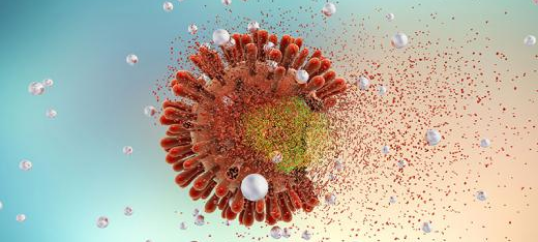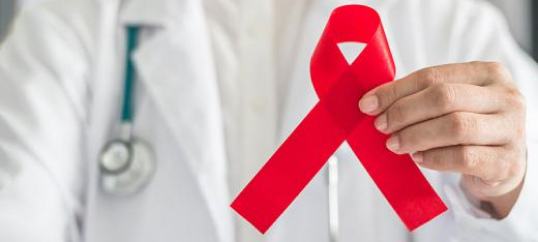
HIV Treatment
- Drug Resistance
- FDA-Approved HIV Medicines
- Following an HIV Treatment Regimen: Steps to Take Before and After Starting HIV Medicines
- HIV and Immunizations
- HIV Treatment Adherence
- HIV Treatment: The Basics
- Just Diagnosed: Next Steps After Testing Positive for HIV
- Long-Acting HIV Medicine
- What is a Drug Interaction?
- What to Start: Choosing an HIV Treatment Regimen
- When to Start HIV Medicines







